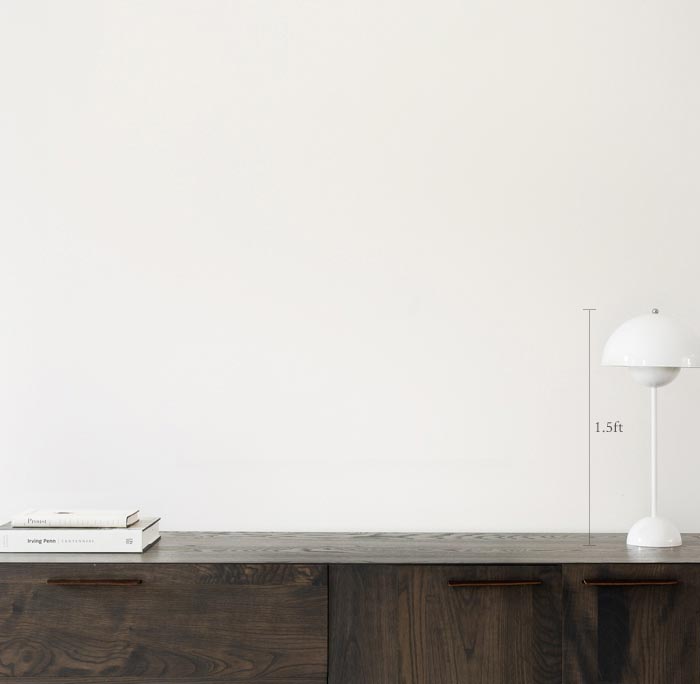


2130 Views
18
View In My Room
View of a Bridge from a Second Floor, Spanish Civil War Series Print - Limited Edition of 20
Jerry DiFalco
United States
Printmaking, Etching on Cardboard
Size: 15 W x 11.3 H x 0.1 D in
Ships in a Box
2130 Views
18
Artist Recognition

Artist featured in a collection
ABOUT THE ARTWORK
Frame size is about 14 x 11 inches. The work was hand printed and published by the artist at The Center for Works on Paper in Philadelphia, Pennsylvania. Please note that this etching is shipped to the collector with both a glass frame and museum-style mat. This print is the second from my series that use images from the Spanish Civil War (1936-1939); its mixed technique uses dry point, intaglio, and aquatint. The depiction is of soldiers overlooking a view through a hole in the second floor of a bombed out building. This image is based on a recently discovered photograph by Capa, an artist/photojournalist who documented Spain's fight against fascism. My fascination with this subject involves my belief that we are currently in a pre-civil war state (in many countries) similar to that of Spain's in the early 1930s. I used an oil-based, violet colored ink from France (Charbonnel brand), and printed on cream-colored AMERICAN MASTERS paper. The image size (size of the zinc plate) is eight inches wide (20.3cm) by six inches high (15.2cm); the paper size is eleven inches high (28cm) by fifteen inches wide (38.1cm). At a later date, I will do a second edition of twenty more prints in another color ink/paper combination. This will occur after the Fall Equinox of 2020 due to astro-metaphysical conjunctures.
DETAILS AND DIMENSIONS
Printmaking:
Etching on Cardboard
Artist Produced Limited Edition of:
20
Size:
15 W x 11.3 H x 0.1 D in
Frame:
Other
Ready to Hang:
Not applicable
Packaging:
Ships in a Box
SHIPPING AND RETURNS
Delivery Time:
Typically 5-7 business days for domestic shipments, 10-14 business days for international shipments.
Handling:
Ships in a box. Artists are responsible for packaging and adhering to Saatchi Art’s packaging guidelines.
Ships From:
United States.
Have additional questions?
Please visit our help section or contact us.
Jerry DiFalco
United States
Imagery and storyline—both vital components of my creative process—enable me to create a form of visual poetry. Consequently, photography is intricate to my artistic strategy, especially with regard to my etchings. In view of this, many of my printed images—accomplished via the studio techniques of intaglio, aquatint, drypoint, and Chine collè—originate from my own photographs, as well as ones I uncover during research into the archives of academia, historical societies, and museums. Upon locating a scene that fascinates me, I first sketch a few original drawings of the likeness, and next transfer that drawing onto my prepared zinc etching plate. NOTE: In my etchings that incorporate the Chine collè process, I use mulberry bark paper from Thailand, which is infused with Japanese kozo threads. The paper is also treated with methylcellulose. I endeavor to establish links between the metaphysical and physical worlds . . . between the realms of dream and reality . . . and between the natural and the fabricated. In a sense, I believe that art unveils everything that we mask behind our assumptions and biases . . . or rather, those realms we neglect—or refuse—to perceive. My label for our failure to examine these areas is, “The Phenomenology of Non-Connectedness", which I blame on today’s communicational tools such as Social Media, the Internet, texting on smart phones, and “tweeting”. MY ETCHING TECHNIQUE I work on metal etching plates treated with both hard and soft grounds. These grounds consist of mineral spirits, beeswax, oil of spike lavender, and other natural substances. After these grounds dry, I draw images with needles and other tools onto the plate. Next, the exposed areas are “etched into” the zinc or copper plate in a bath of Nitric Acid and spring water. An artist’s proof in then printed after the plate is cleaned; Moreover, two to seven additional plate workings, acid baths, and proof printings occur before my desired effect is obtained. When satisfied with my end result, I apply oil based etching ink onto the clean plate and then remove the excess ink with several wipes. Next, I align my etching plate onto the printing press bed and cover it with papers and press blankets. Finally, the plate goes through the press to obtain my print. This process is repeated until all editions are created. I usually create three to five editions of five or six etchings for each one of my plates.
Artist Recognition

Artist featured by Saatchi Art in a collection
Thousands of 5-Star Reviews
We deliver world-class customer service to all of our art buyers.
Satisfaction Guaranteed
Our 14-day satisfaction guarantee allows you to buy with confidence.
Global Selection of Emerging Art
Explore an unparalleled artwork selection by artists from around the world.
Support An Artist With Every Purchase
We pay our artists more on every sale than other galleries.